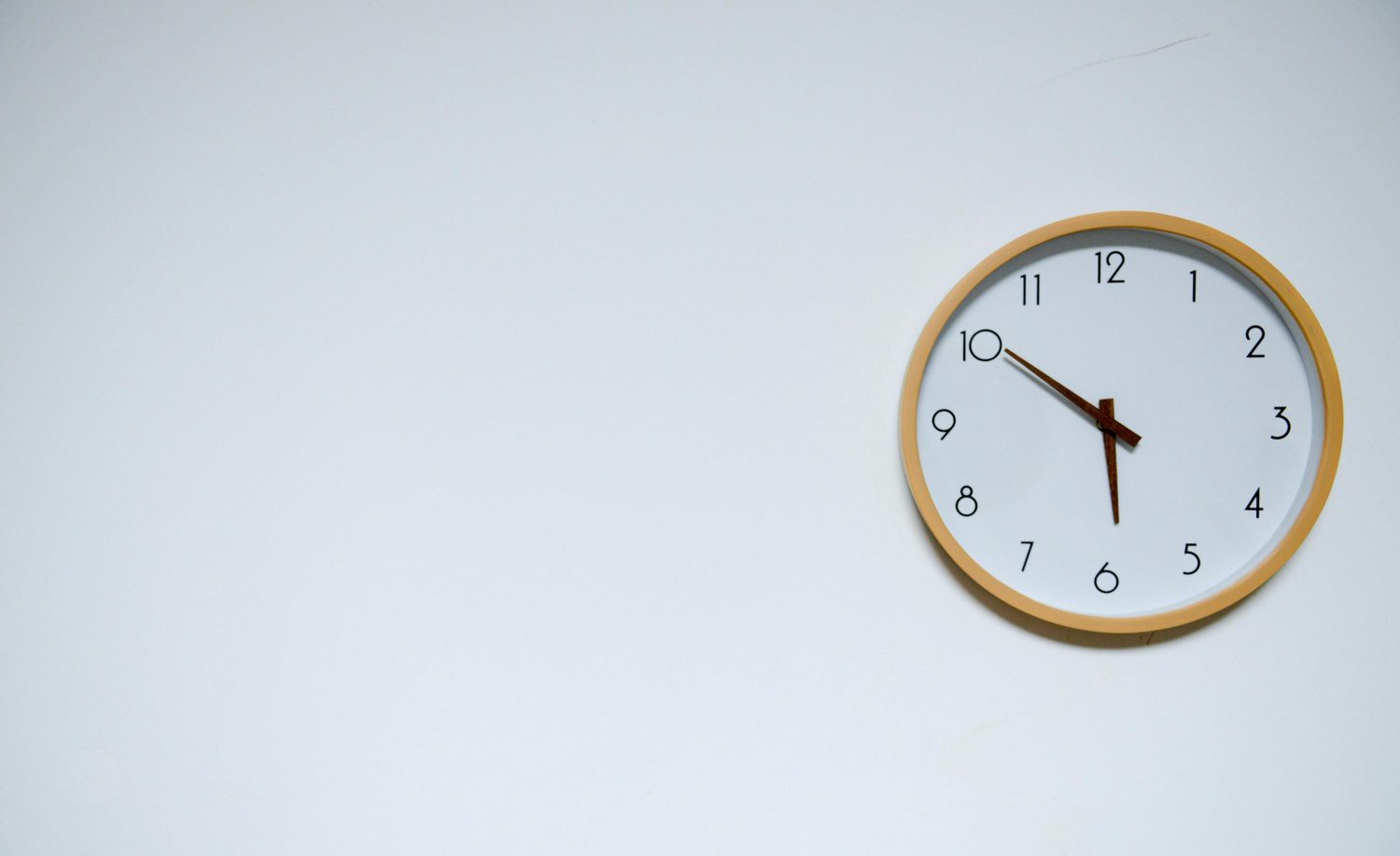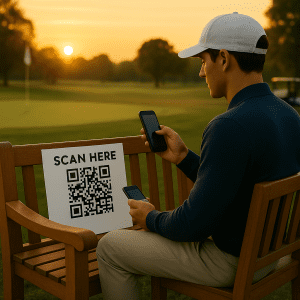Timing is everything when it comes to marketing, and this adage rings especially true for promotional ads. The success of a campaign is not only determined by the content of the ad but also by when and where it appears. Understanding how timing affects consumer engagement and conversion can help marketers optimize their promotional strategies for maximum impact.
In this blog, we’ll explore the nuances of ad placement timing, its significance in various industries, and how you can leverage timing to amplify the effectiveness of your promotional ads. By the end, you’ll have actionable insights to fine-tune your campaigns and achieve better results.
Why Timing Matters in Promotional Ads
Promotional ads are designed to attract attention and drive action, but their success often hinges on being in the right place at the right time. Timing influences:
Visibility: Ads displayed during peak hours or at relevant times are more likely to capture attention.
Relevance: Timing your ads to coincide with consumer needs or habits increases engagement.
Conversion: Well-timed ads can nudge consumers closer to purchase decisions by aligning with their buying cycle.
For instance, a food delivery service that promotes lunch deals during lunchtime is far more likely to succeed than one that runs the same ad late at night.
The Science of Timing: How It Shapes Consumer Behavior
1. Time of Day 
Consumer behavior fluctuates throughout the day, making it crucial to align promotional ads with peak activity periods. For example:
Morning: Ideal for ads targeting professionals, such as productivity tools or coffee brands.
Afternoon: A good time for quick-service restaurants or fitness-related promotions.
Evening: Effective for e-commerce deals or entertainment services, as consumers are more relaxed and willing to browse.
2. Days of the Week
Certain industries perform better on specific days. Research shows:
Weekdays: Best for B2B promotional ads, as decision-makers are active.
Weekends: Perfect for retail, dining, and leisure-focused promotions, as consumers have more free time.
3. Seasonal Trends
Seasonal timing plays a critical role in promotional campaigns. For example:
Back-to-School Season: Ideal for ads promoting school supplies or educational services.
Holiday Season: Drives engagement for gifts, travel, and festive events.
Summer: Perfect for outdoor activities, vacations, and lifestyle products.
Industries Where Timing is Crucial for Promotional Ads
1. Retail
Retailers thrive on well-timed promotions, especially during peak shopping periods like Black Friday or Cyber Monday. Ads that create urgency with limited-time offers or flash sales during these periods drive higher conversions.
2. Food and Beverage
Timing promotional ads around meal times ensures maximum relevance. For example, a coffee chain advertising breakfast combos from 7 to 10 AM aligns perfectly with consumer habits.
3. E-commerce
E-commerce platforms benefit from ads timed to coincide with payday cycles, ensuring consumers have disposable income to spend.
4. Healthcare
Healthcare campaigns, such as flu shot promotions, see greater success when launched at the start of flu season, targeting both awareness and urgency.
5. Entertainment
Movie releases, concerts, and streaming services often rely on ads placed closer to weekends or specific launch dates to maximize attendance or subscriptions.
Case Study: Domino’s “Emergency Pizza” Campaign
Brand: Domino’s Pizza
Objective: Revitalize sales and attract new customers while boosting loyalty program memberships.
Strategy:
Domino’s launched the “Emergency Pizza” campaign, offering customers a one-time free pizza.
The promotion was exclusively available to members of Domino’s loyalty program, encouraging new sign-ups.
The campaign emphasized accessibility and timing, running during a period when customers sought convenient meal solutions.
Ads were placed on digital platforms and social media, reaching customers through engaging visuals and messaging about the free pizza offer.
Geo-targeted notifications reminded customers near Domino’s locations to claim their free pizza and join the loyalty program.
Results:
2.8% increase in U.S. same-store sales, reversing previous declines.
Millions of new loyalty program sign-ups, expanding Domino’s customer base and creating long-term marketing opportunities.
Significant engagement from digital ads, driving traffic to the loyalty program page and resulting in sustained customer interaction.
Franchisees reported improved profitability due to increased order volume and a growing base of returning customers.
 Best Practices for Optimizing Ad Placement Timing
Best Practices for Optimizing Ad Placement Timing
1. Analyze Consumer Behavior
Leverage analytics tools to understand when your target audience is most active online or offline. Use this data to schedule your promotional ads for maximum impact.
2. Test and Refine Timing Strategies
A/B testing different time slots can reveal optimal periods for engagement and conversions. For example, test an ad campaign in the morning versus evening to see which yields better results.
3. Use Automation Tools
Platforms like Google Ads and Facebook Ads Manager allow you to schedule ads for specific times, ensuring they reach your audience when they’re most likely to engage.
4. Align with Cultural and Seasonal Events
Plan your promotional ads around relevant events or holidays. For example, a fitness brand could promote workout plans at the start of the new year when health resolutions are top of mind.
5. Monitor and Adjust in Real-Time
Track the performance of your ads in real-time and make adjustments as needed. If an ad isn’t performing well during a certain time, try shifting it to a different slot.
Why Timing Alone Isn’t Enough: The Role of Relevance
While timing is a critical factor, it must be paired with relevant content to succeed. A well-timed ad that doesn’t resonate with its audience will fall flat. For example:
A lunchtime food ad should highlight convenience and taste.
A holiday shopping ad should emphasize discounts and gift ideas.
By combining timing with tailored messaging, you can ensure your promotional ads are both timely and compelling.



 Best Practices for Optimizing Ad Placement Timing
Best Practices for Optimizing Ad Placement Timing



